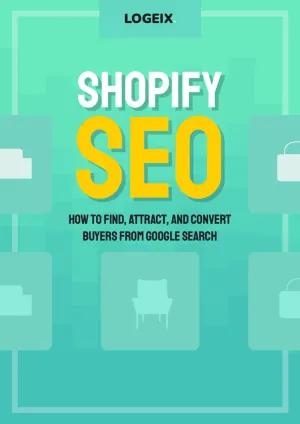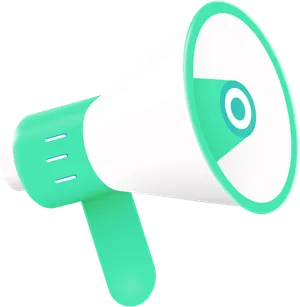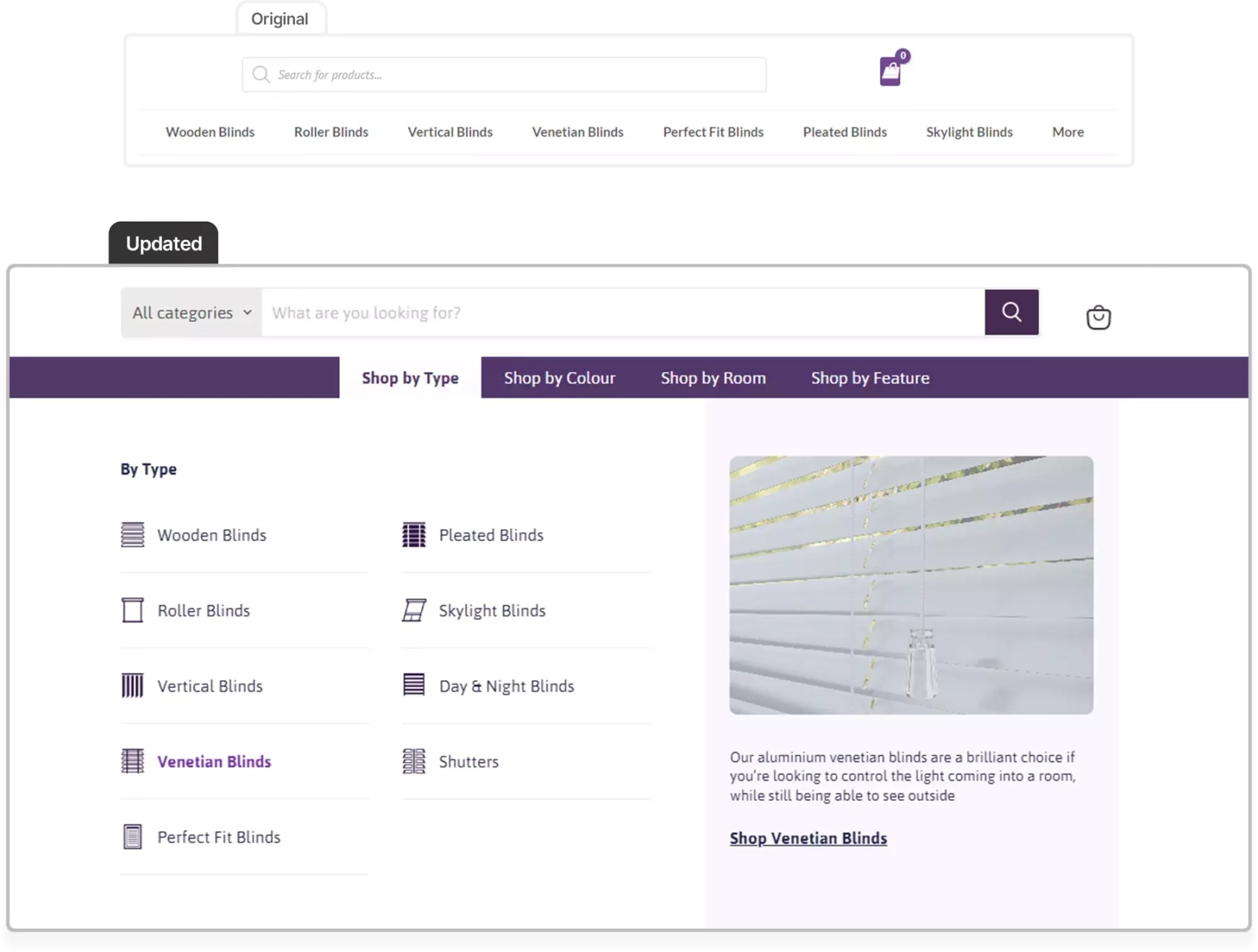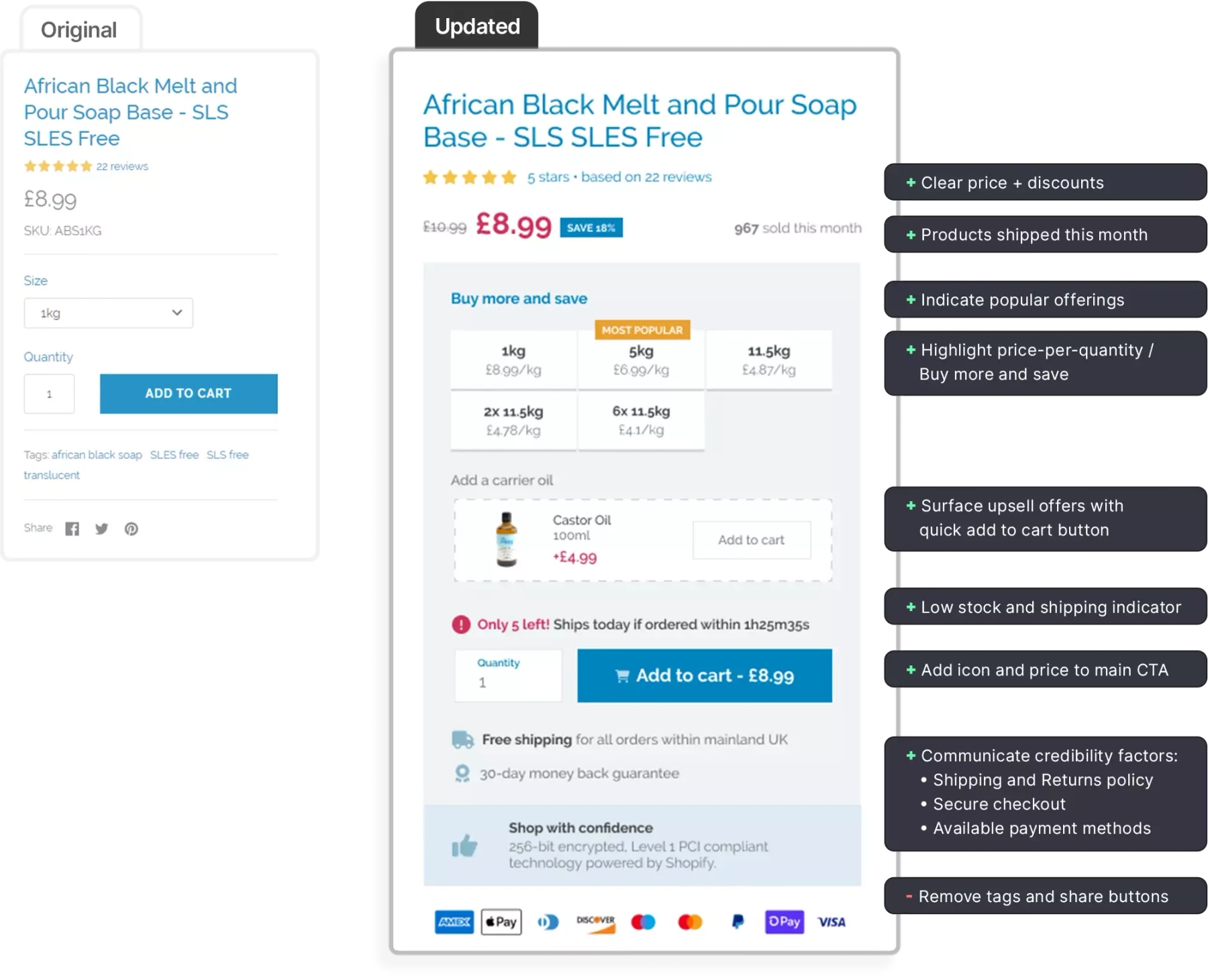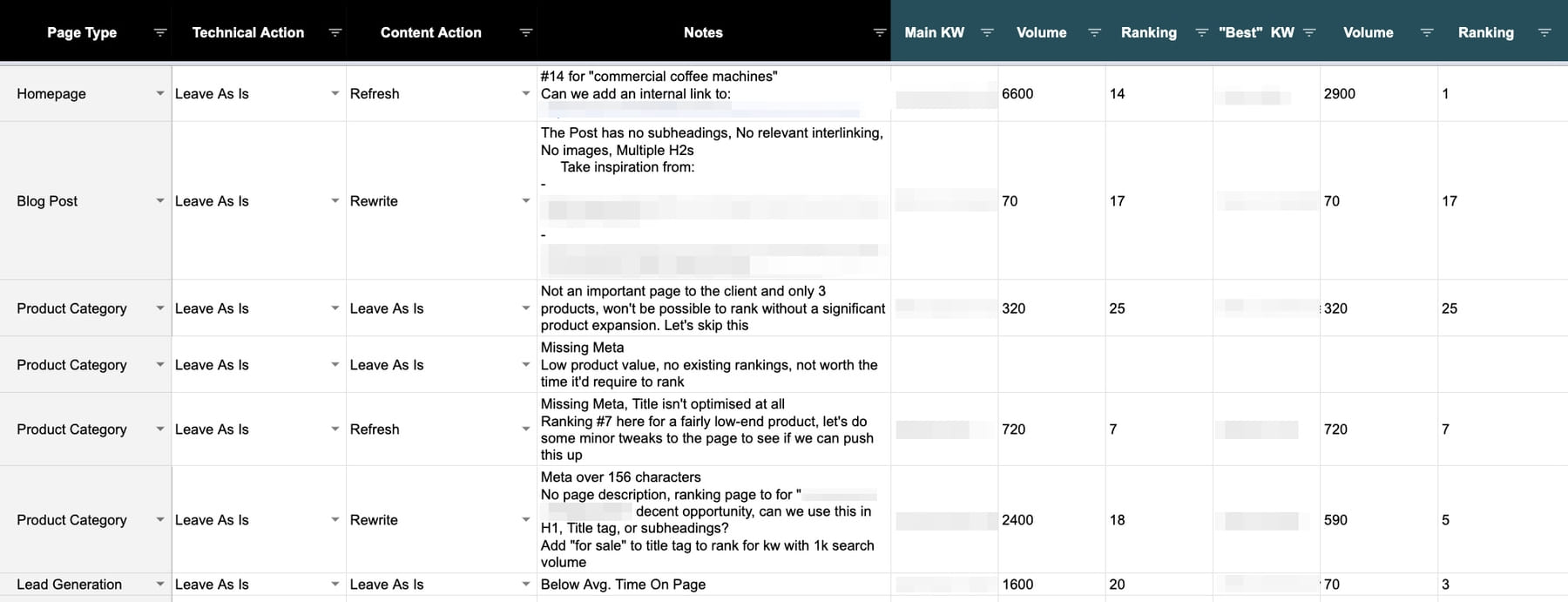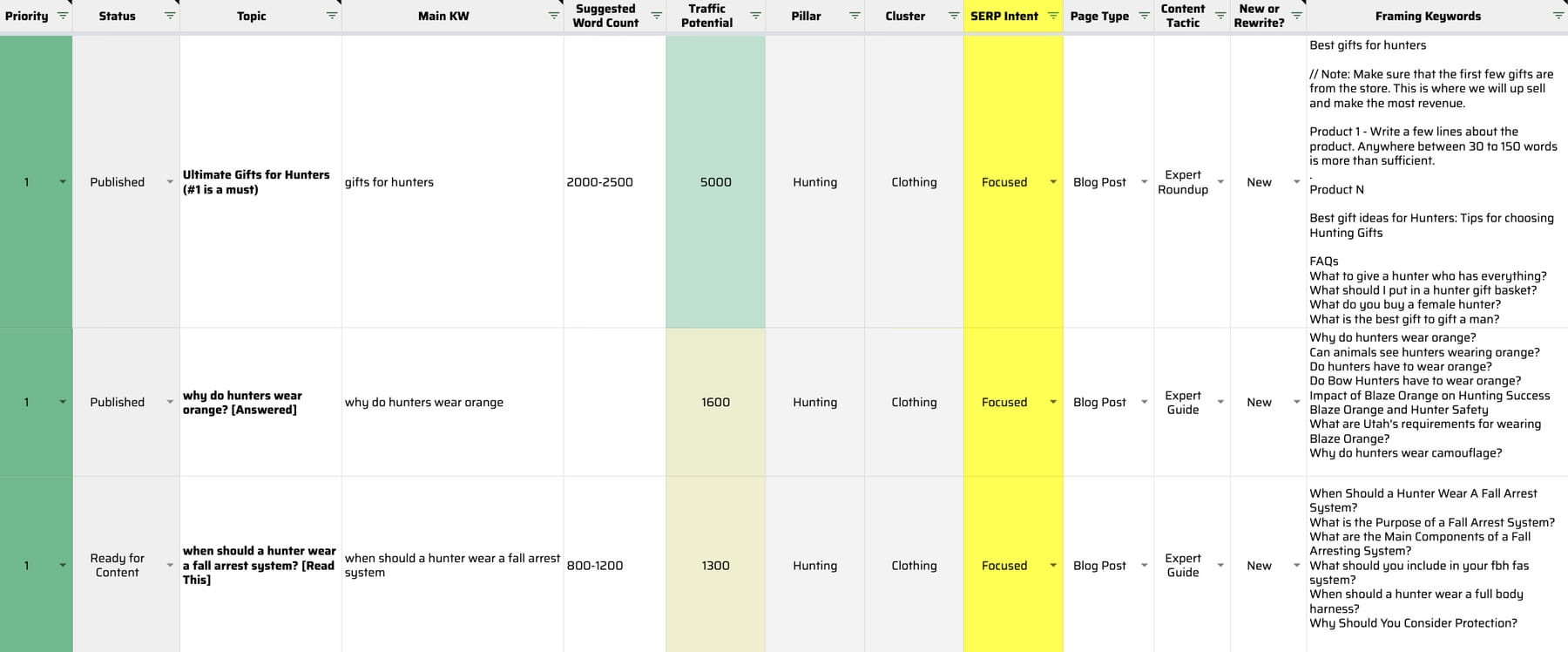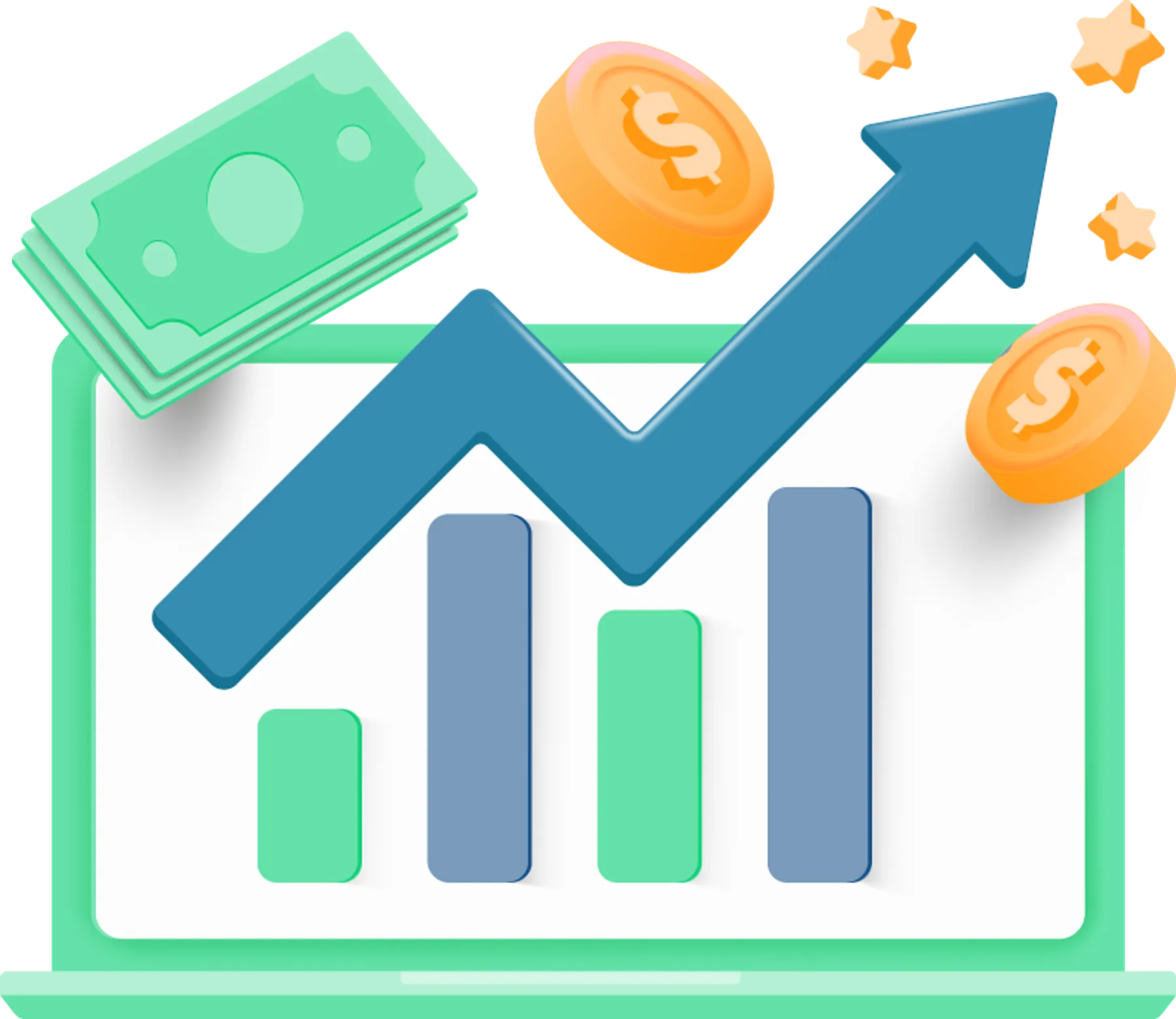Ads work. Really well. They scale fast, they can be activated instantly. And if ROAS and regulations are suitable, they're a one-way path to millions.
Combining that with retention channels, like SMS and email marketing, works even better. Adding CRO, performs better again.
But there's one overlooked channel:
SEO. The undisputed heavyweight champion of profitability.
- It's not for startups, it does take time to establish.
- It's not guaranteed, it requires deep domain expertise.
- It can't be scaled overnight, it needs time to compound.
But:
- When your ROAS are dropping, it's still going.
- When your ads are down, it's still going.
- When your agency is napping, it's still going.
Not at 3x ROAS. Not 4x, 5x.
Bumbles & Boo saw a 22× ROAS. Magnus Home Products 18×.
And your involvement? Minimal.
No creatives. No UGC actors. No pointless meetings.
We handle design changes, development, technical SEO, strategy, the whole works. All we need is approval.
SEO works. Your last agency didn't.
But we've tried SEO before, I hear you say.
Most of our clients had too. Unsuccessfully.
The problem is most agencies approach this fundamentally flawed. It's not about stuffy blog content, raw traffic, or chasing perfect audit scores.
It's about maximum profitable growth.
Driving traffic to the highest converting, highest AOV, highest LTV, and simplest opportunity pages.
When you make this shift, it becomes slap-in-the-face obvious:
The only thing that matters is collections, product pages, and your homepage. Bottom of the funnel.
That's all we do at LOGEIX. No blog content, no pointless audit fixes, no meaningless reports. We simply get more traffic to your best products and collections.
